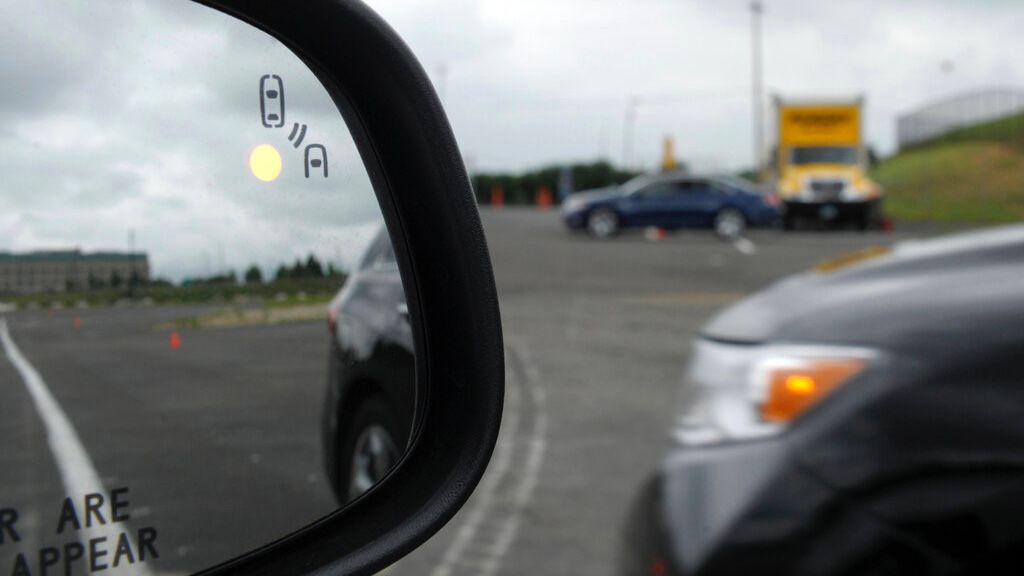Vehicles equipped with blind spot monitors, lane-keeping assistance and other partially automated driving systems do little to prevent crashes, according to a new study from the Insurance Institute for Highway Safety.
The one exception is forward collision warning with automatic emergency braking, researchers found.
“Everything we’re seeing tells us that partial automation is a convenience feature like power windows or heated seats rather than a safety technology,” IIHS President David Harkey said in a statement.
Researchers looked at crash records and insurance data for BMW and Nissan vehicles equipped with so-called advanced driver assistance systems to determine if they helped avoid crashes. The systems use cameras and other sensors to keep vehicles centered in their lanes, navigating through curves or automatically adjusting speed based on the vehicles traveling in front of them.
More than half of all new vehicles for sale in 2023 were available with ADAS features, which still require drivers to pay close attention to what’s happening on the road and take over the controls at any time.
“That’s a big challenge because the technology can encourage a false sense of security and induce boredom, causing drivers to tune out,” the researchers noted.
While some features are constantly switched on, such as automatic emergency braking and blind spot warnings, others, including lane-keeping assistance, are typically only turned on when the driver wants to use them — oftentimes for highway driving.
The study found that adaptive cruise control is associated with positive driving behaviors such as longer following distances and less tailgating, and lane centering has the potential to prevent run-off-road and side-swipe crashes. But IIHS said there is little evidence that is happening.
The most effective technology for reducing property damage liability claims, or claims for damage to other vehicles that are hit by the insured driver, was forward collision warning and automatic emergency braking. The study found an 8% reduction in property damage liability claims for Nissan Rogues and a 13% reduction in such claims for BMW and Mini vehicles.
The study found that that ADAS features that warn or intervene in an emergency situation reduce insurance claims’ frequency and are most beneficial when multiple systems are stacked together.









